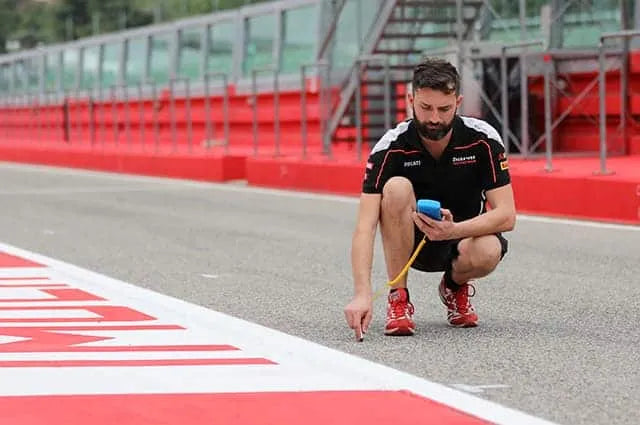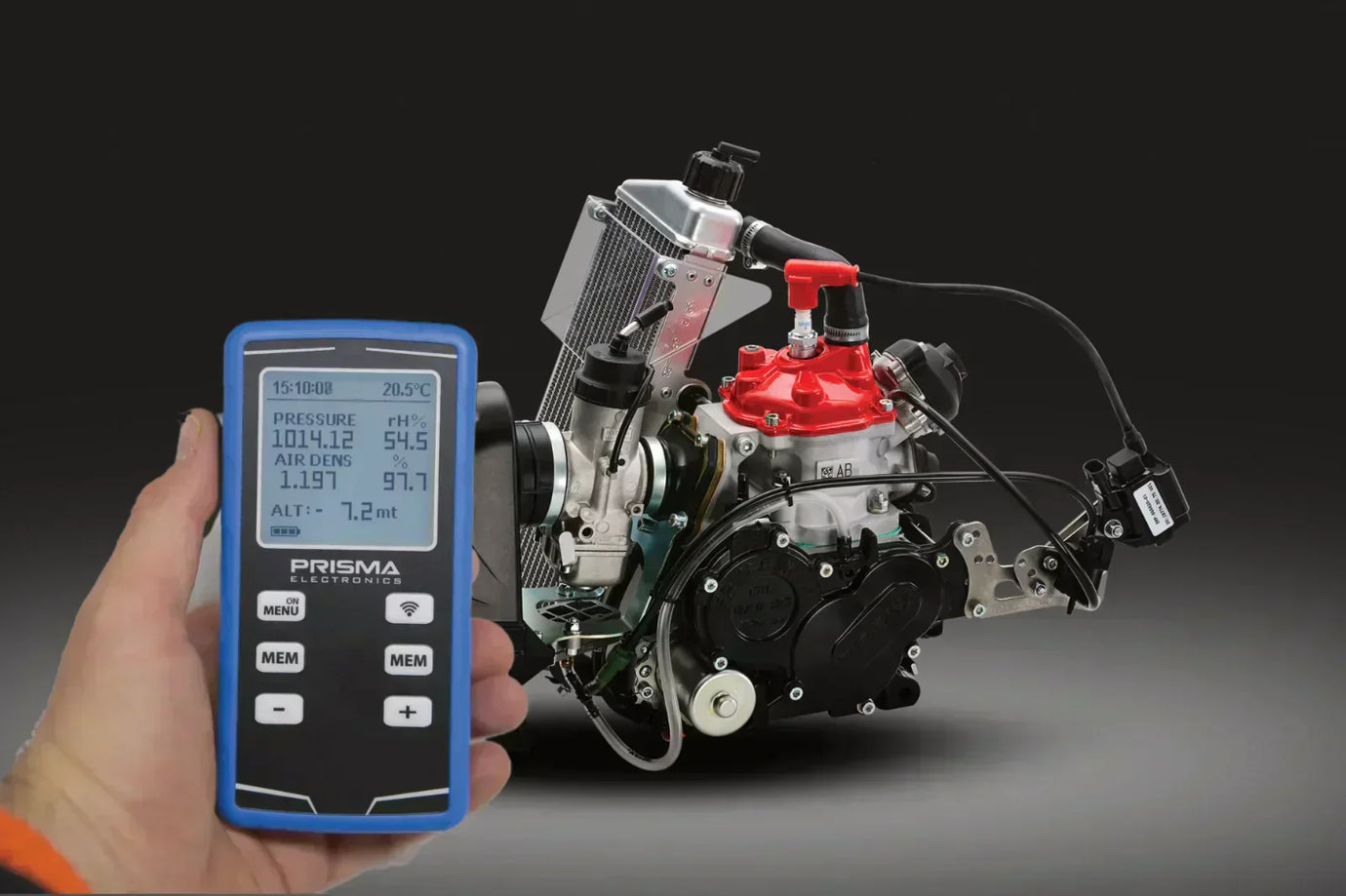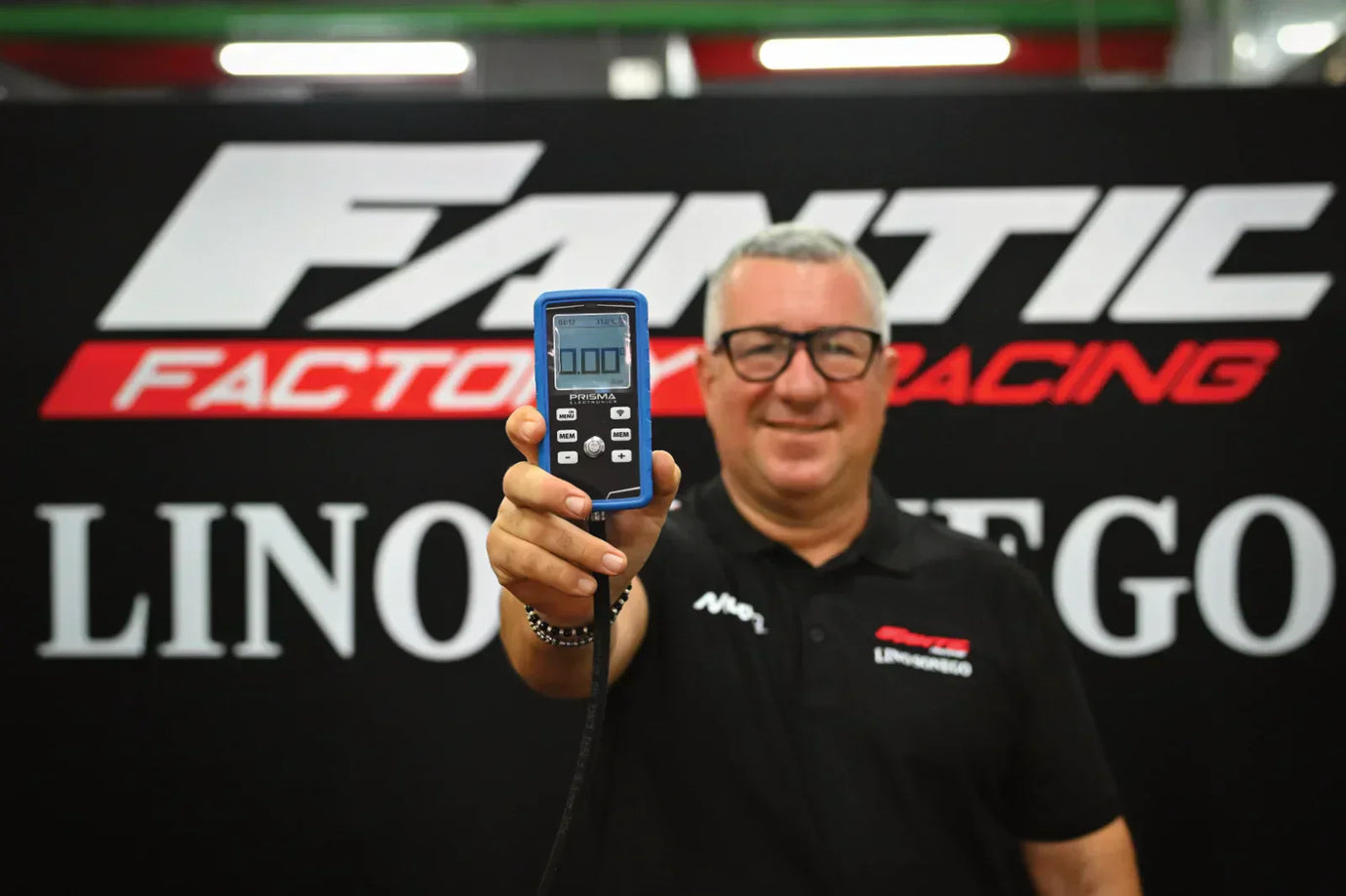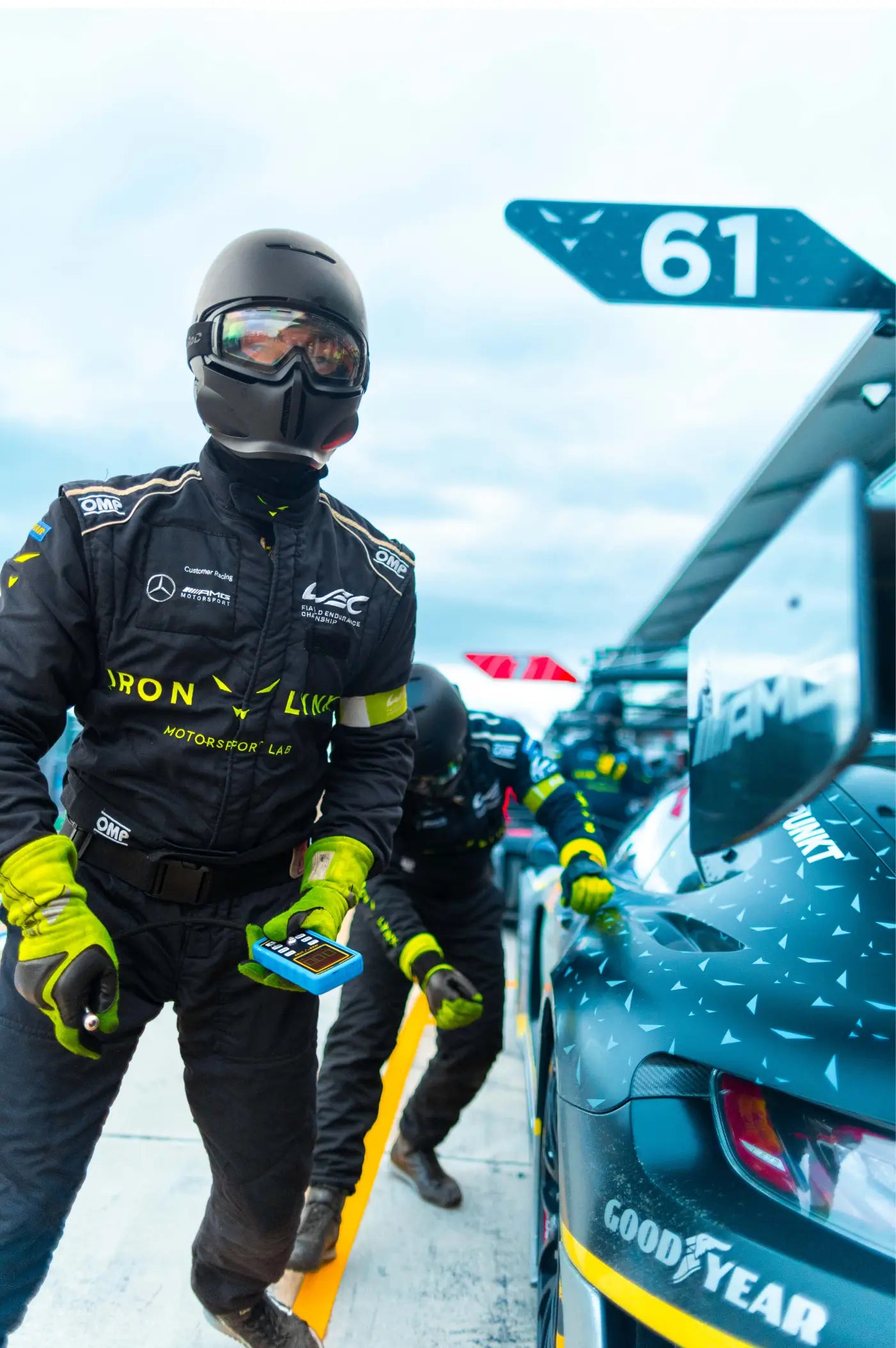Effects of asphalt temperature on tire degradation
For many of us, minute changes in temperature go unnoticed. In motorsport, on the other hand, small increases or decreases of even a couple of degrees in circuit asphalt temperature have a major impact on trim and tire management.
Two temperatures play an important role in motorsport: Air temperature and Track temperature.
Although these are two related temperatures, they are not the same thing.
For example, on a nice sunny day, air and asphalt temperatures will rise. However, as soon as clouds arrive, the air temperature will drop quickly while the asphalt temperature will remain high for a long time.
Depending on the surface materials of the asphalt, it may scorch more or less quickly.

High levels of bitumen result in a darker asphalt surface and thus greater absorption of solar heat and consequently a faster rise in temperatures.
Temperature changes affect many factors, but the greatest influence is on tires.
In fact, a rapid increase in asphalt temperature directly affects tire temperature, which in turn affects the level of grip and speed of tire degradation.
Tires designed for racing, have a very narrow operating window: the weak point is the maximum peak grip performance.

Working below this point reduces the level of mechanical grip and thus performance. Working above this window leads to excessive operating temperature and thus increased wear and a collapse in performance.
Moving outside the tire’s operating window by a few degrees can cost tenths of a second on each lap.
Temperature changes affect many parts of the vehicle, but the greatest influence is usually on the tires.
Front and rear tires operate at different operating temperatures. So a change in asphalt temperature will have a different impact between front and rear, leading to a less-than-perfect balance of setup.
It is up to the team to react to these changes in track asphalt temperature by changing the setup and balance between front and rear.

Not only will the team have to act on the vehicle setup, but drivers will also be led to adapt their driving style so as not to have an even more negative impact on the temperature of tire use.
For example, more aggressive driving especially in high-speed corners will lead to an increase in tire temperature.
In addition, they may adjust their trajectories to suit the balance of the vehicle, trying to impact tire operating temperatures as little as possible while staying within the optimal window.








 PISAM • Online Support
PISAM • Online Support